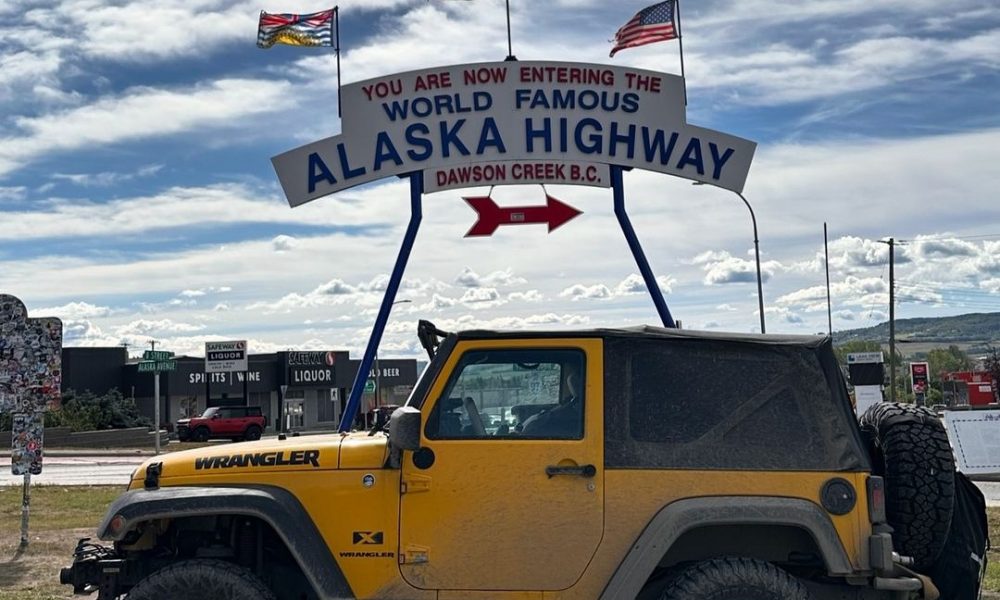
Can You Drive to Alaska? A Quick Guide to Navigating the Alaska Highway

Can you drive to Alaska? Driving to Alaska is a dream for many adventurers, offering a chance to explore some of the most stunning and untamed landscapes in North America. The journey is as much about the experience as the destination. This comprehensive guide will explore everything you need to know about navigating the iconic Alaska Highway, ensuring your trip is safe, memorable, and well-prepared.
Can You Drive to Alaska?
Yes, you can drive to Alaska, and one of the most popular routes is the Alaska Highway. This iconic road, known as the Alcan Highway, stretches 2,224 kilometers (1,382 miles) from Dawson Creek in British Columbia, Canada, to Delta Junction in Alaska. It’s a journey through some of North America’s most breathtaking and remote landscapes, offering a unique and adventurous experience.
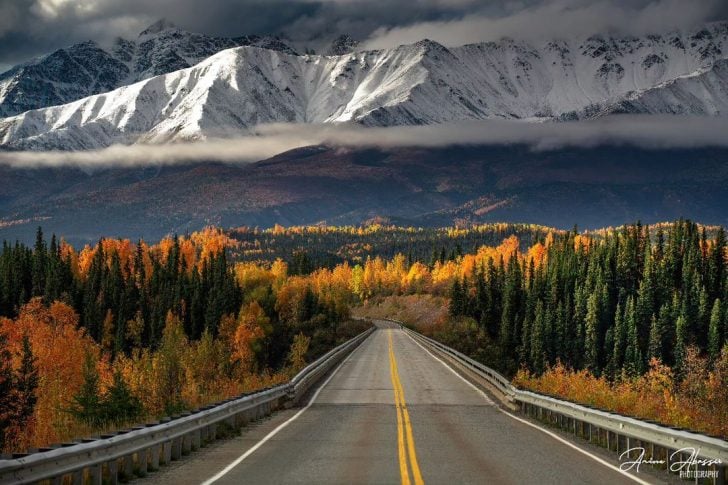
@amine_abassir | Instagram | You can drive to Alaska, and one of the most popular routes is the Alaska Highway.
Preparing for the Drive
Driving the Alaska Highway requires preparation. The road is mostly paved or chip-sealed, but the terrain can be challenging, especially during certain seasons. Travelers should prepare for varying weather conditions, potential road construction, and long stretches between services. Ensuring your vehicle is in good condition and packing emergency supplies like food, water, and extra fuel is essential. Staying updated on road conditions is also crucial for a safe journey.
The Route: What to Expect
The Alaska Highway begins in Dawson Creek, British Columbia, and passes through the Yukon Territory before reaching Alaska. The road is open year-round, though conditions can vary dramatically. The highway is bustling with tourists in the summer, while winter can bring icy roads and fewer services available. The route offers stunning views, wildlife sightings, and the opportunity to experience the wilderness of the north.
Crossing Borders: Do You Need a Passport?
Since most of the Alaska Highway runs through Canada, travelers need to know border crossing requirements. A valid passport is necessary for entering Canada, and travelers should check for any additional requirements, such as visas or travel restrictions. The border crossings between the U.S. and Canada are generally straightforward, but it is wise to check for the latest updates before your trip.
Driving Conditions on the Alaska Highway
The Alaska Highway is mostly paved, but drivers should be prepared for rough patches, large bumps, and occasional construction zones. Road conditions can change quickly, so it’s important to stay alert and drive cautiously. Many sections of the highway are chip-sealed, which can be dusty, especially in dry weather. Drivers should always keep their headlights on to increase visibility, particularly when encountering dust or low-light conditions.
Highlights Along the Way
Travelers on the Alaska Highway will pass through some incredible natural landscapes and unique towns. The route takes you through the heart of the Yukon, with stops like Whitehorse, the capital of the Yukon Territory. Wildlife like moose, bears, and caribou are commonly seen along the road. The journey also offers the chance to experience the Northern Lights, especially if traveling during the darker months.
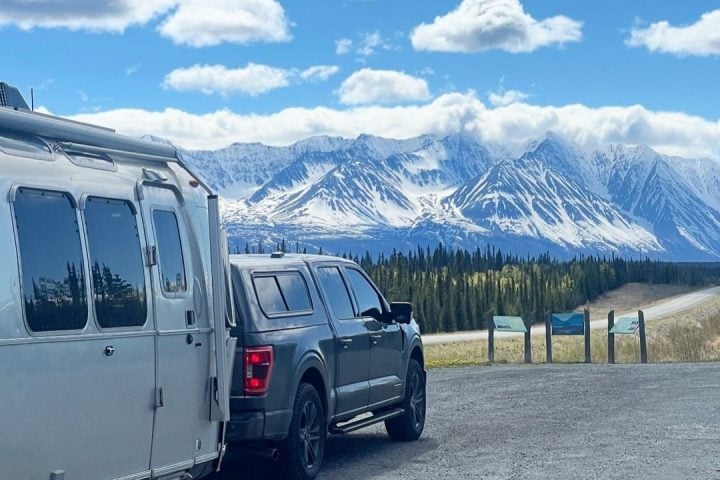
@toasteronwheels | Instagram | Travelers on the Alaska Highway will pass through some incredible natural landscapes and unique towns.
Essential Tips for a Successful Trip
When driving the Alaska Highway, it’s important to plan your stops and fuel up whenever possible, as services can be few and far between. Always have a map on hand, and consider downloading offline maps, as cell service can be unreliable in remote areas. It’s also recommended to check the weather forecast regularly, as conditions can change rapidly, affecting road safety.
More inDriving
-
`
How to Put a License Plate on a Car: The Ultimate Beginner’s Guide
Installing a license plate on a car is an essential skill for every driver. Whether you’ve just received new plates or...
July 19, 2024 -
`
Why Is My Car Shaking While Driving? Here Are Common Issues
Have you ever noticed your car trembling as you accelerate down the road? This unnerving sensation not only disrupts your drive...
July 12, 2024 -
`
Who Owns Maserati and Where Are These Luxury Cars Made?
Maserati, a name that resonates with luxury, speed, and Italian craftsmanship, has a storied history that blends tradition with modern automotive...
July 5, 2024 -
`
Who Gets the Insurance Check When a Car Is Totaled? The Ultimate Guide
When a major accident renders your car beyond repair, it’s not just the physical wreckage that needs sorting. The financial aftermath,...
June 28, 2024 -
`
How Close Can You Park to a Fire Hydrant? Essential Rules Explained
Parking near fire hydrants is not just about convenience; it’s crucial for public safety. When considering where to park, especially in...
June 21, 2024 -
`
Automatic vs Manual Transmission – Which Should You Choose?
When you’re in the market for a new car, it’s not just about picking the color or the brand. There’s a...
June 12, 2024 -
`
How Early Should I Get to the Airport? Essential Check-In and Travel Tips
When it comes to air travel, timing is everything. From the moment you arrive at the airport to the minute you...
June 6, 2024 -
`
What Is a Good Credit Score to Buy a Car With No Down Payment in 2024?
If your credit score is ‘good,’ you are eligible for buying a car without paying upfront. So, what is a good...
May 31, 2024 -
`
What Does BMW Stand For? The Story Behind the Name
Gearheads and car enthusiasts around the world recognize the iconic blue and white propeller logo. But what does BMW stand for?...
May 24, 2024

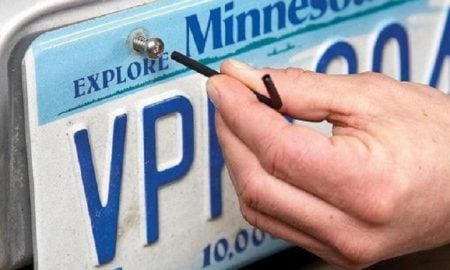



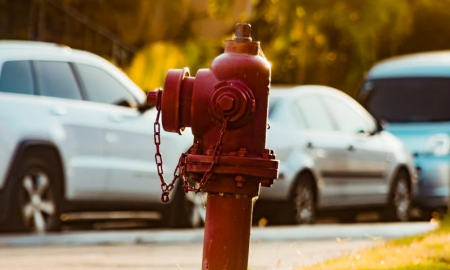



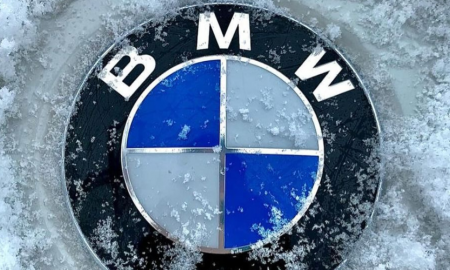
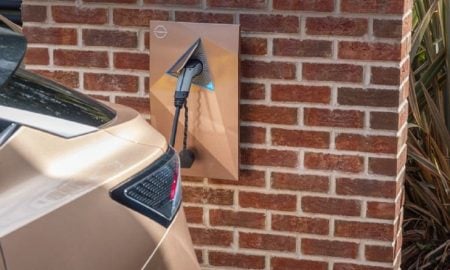
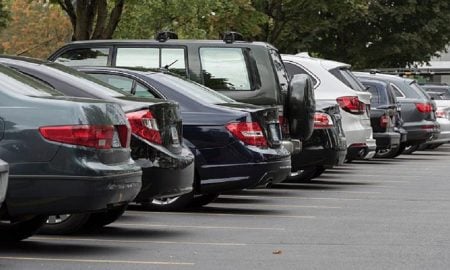



You must be logged in to post a comment Login